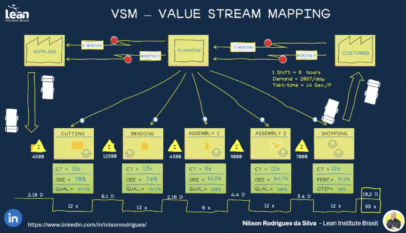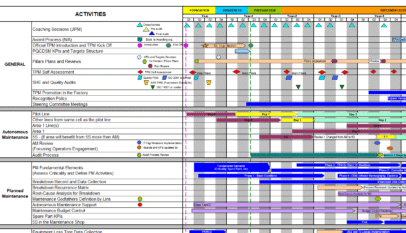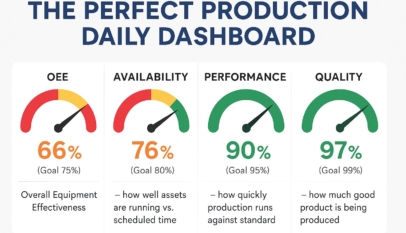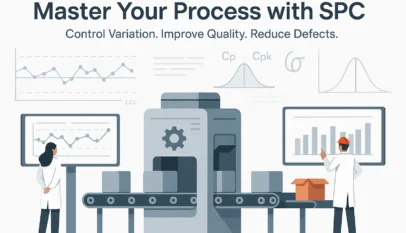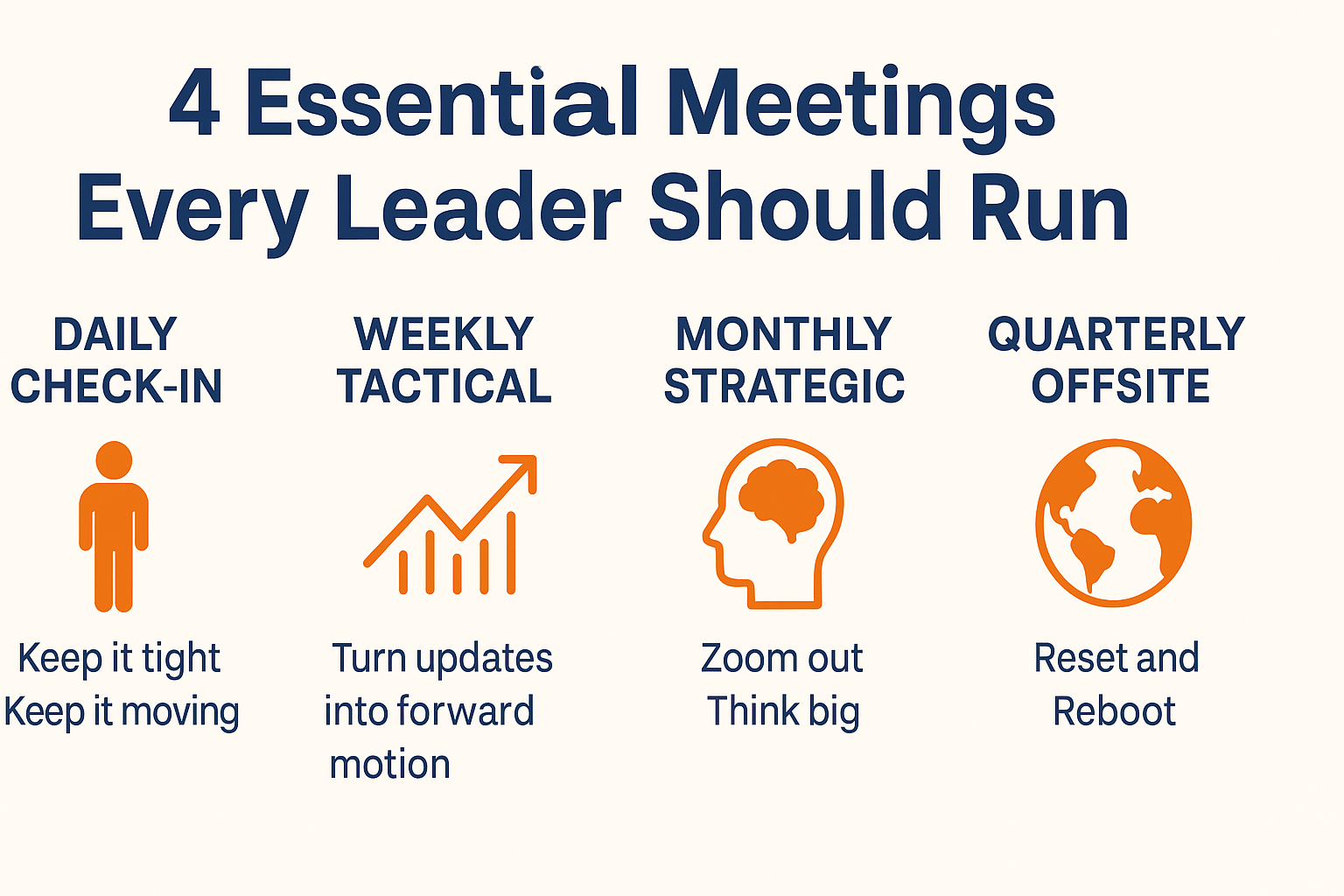Introduction
In the competitive manufacturing world, efficiency and innovation are crucial for success. Streamlining product and process development can lead to significant cost savings, reduced time-to-market, and improved product quality. One way to achieve this is by identifying and eliminating various types of waste that can hamper productivity. This article will discuss 12 wastes in manufacturing product and process development, along with strategies for reducing their impact on your operations.
- Overproduction
Overproduction occurs when more products are manufactured than needed or before they are required. This can lead to excess inventory, increased storage costs, and potential waste due to obsolescence. To avoid overproduction, implement demand-driven production and use lean tools such as Just-In-Time (JIT) and Kanban.
- Waiting
Waiting time occurs when resources, such as employees or machines, are idle due to process inefficiencies or bottlenecks. Minimize waiting by improving production flow, balancing workloads, and using continuous flow or takt time techniques.
- Transportation
Unnecessary transportation of materials, products, or information can waste time, energy, and resources. Streamline transportation by optimizing facility layout, reducing material handling, and employing efficient logistics strategies.
- Overprocessing
Overprocessing happens when products undergo unnecessary steps, increasing production time and costs. Eliminate overprocessing by simplifying processes, standardizing work, and conducting value stream mapping to identify areas for improvement.
- Excess Inventory
Excess inventory ties up capital, occupy space and can lead to waste through spoilage or obsolescence. Implement inventory management techniques such as Just-In-Time (JIT) and demand forecasting to reduce excess inventory and maintain optimal stock levels.
- Motion
The inefficient or unnecessary motion of workers and equipment can result in wasted time, energy, and increased risk of injury. Streamline motion by optimizing workspace layout, using ergonomic designs, and implementing standardized work practices.
- Defects
Defects in products or processes lead to rework, scrap, and customer dissatisfaction. Focus on improving quality by implementing robust quality management systems, root cause analysis, and continuous improvement methodologies such as Six Sigma or Total Quality Management (TQM).
- Underutilization of Talent
Failing to utilize the full potential of your workforce can lead to waste in the form of untapped skills, ideas, and productivity. Encourage employee engagement, provide ongoing training and development opportunities, and foster a culture of continuous improvement.
- Overdesign
Overdesigning products or processes can result in unnecessary complexity, increased production costs, and longer lead times. Adopt a minimalist design approach, prioritize functionality, and involve end-users in the design process to reduce overdesign.
- Lack of Standardization
Inconsistency in processes or procedures can lead to inefficiency, errors, and rework. Develop and implement standardized work practices and process documentation to ensure consistency and streamline operations.
- Poor Communication
Ineffective communication can result in misaligned goals, misunderstandings, and delays. Implement clear communication channels, encourage open dialogue, and establish regular team meetings to ensure everyone is informed and aligned on project objectives.
- Inefficient Use of Resources
Waste can also occur through the inefficient use of resources, such as energy, materials, and time. Implement sustainable practices, optimize production processes, and regularly review resource consumption to minimize waste and improve efficiency.
Companies can improve efficiency, reduce costs, and enhance product quality by identifying and addressing these twelve wastes in manufacturing products and process development. Embrace lean manufacturing principles, continuously evaluate your processes, and engage your workforce in the pursuit of waste elimination. Doing so will set your organization on a path toward increased competitiveness and long-term success in the ever-evolving manufacturing landscape.


